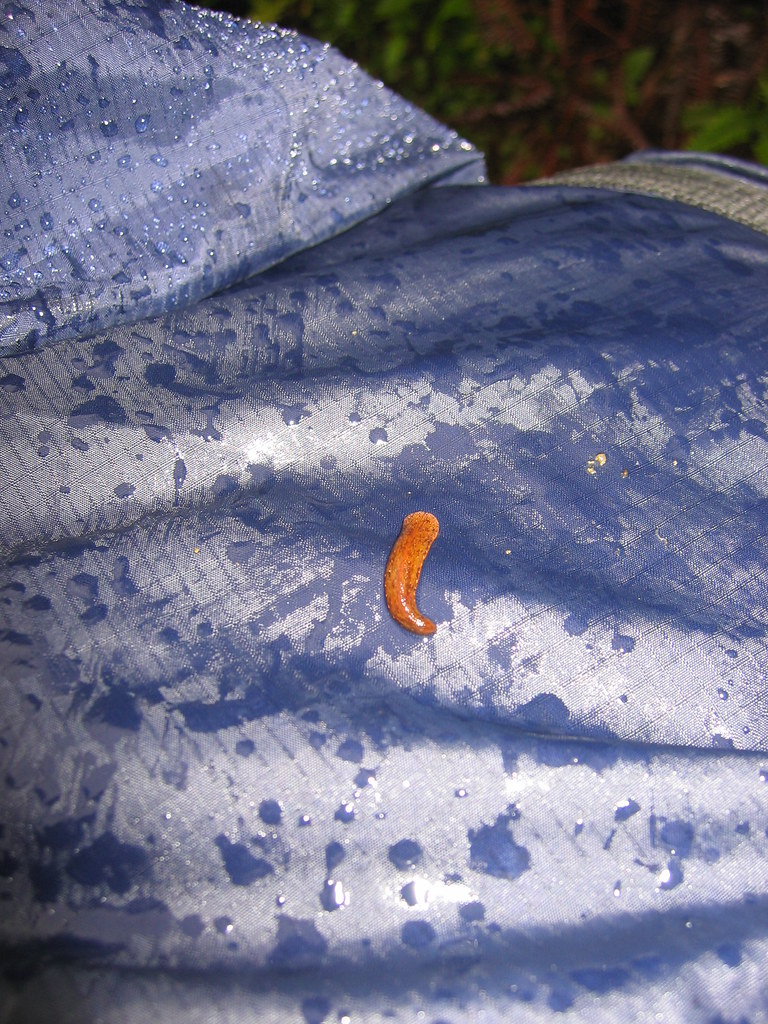
Blogging has been light in recent months for a very good reason. After the last outing in Sanmin I came down with a tick-borne disease called scrub typhus.
Scrub typhus is an acute, febrile, infectious illness that was first described by the Chinese about 2000 years ago. This illness is caused by Orientia (formerly Rickettsia) tsutsugamushi. Humans are accidental hosts in this zoonotic disease.
The term scrub is used because of the type of vegetation (terrain between woods and clearings) that harbors the vector. Scrub typhus is endemic in regions of eastern Asia and the southwestern Pacific (Korea to Australia) and from Japan to India and Pakistan.
Patients most commonly present with high fever, severe headache, generalized myalgia, and malaise. The incubation period from the mite bite is 5-20 days following inoculation.
Toward the end of the first week, approximately 35% of patients develop a centrifugal macular rash on the trunk, which may become papular.
In other words, a red rash all over the torso and face. I looked like a spotted leopard as seen through infrared.
There were about 60 cases of tsustugamuchi in the last year in Taiwan, with one death just a week ago. You can get bitten anywhere on the island so cover up when you head out into the bush. If you find yourself with a high fever, swollen glands at the back of the head and neck, rash, and one telltale ulcerated wound (like a cigarette burn) get to a hospital.
Normal treatment is a week of antibiotics but it took two weeks for me to get on them as originally my doctor thought I had Dengue Fever, for which there is no treatment but rest. So overall, it was like 3 weeks with a sever flu. However, recovery is quick and I’m 100 percent again.
Which leads me to a recent hike on the ancient Hapen Trail:
Running from Wulai to Fushan is the 20-kilometer Hapen Trail, which was once known to the local Aborigines as the "wedding trail." Atayal of Wulai and their compatriots in the Ilan township of Tatung would often do business with each other, and intermarry, and the Hapen Trail was vital for this.
The scenery of the Hapen Trail is outstanding, and it is home to a wide variety of flora and fauna. At dawn, kingfishers, grey-cheeked fulvettas, black-browed barbets, and brown dippers come out for breakfast, and sharp-eyed visitors may catch a glimpse of the Formosan macaque, Reeve's muntjac, or red-bellied tree squirrel. Also swimming around in the Hapen River is the Taiwan shovel jaw carp. At night, glowworms dot parts of the landscape. The whole area is like Taiwan's own Amazon.
The weather cooperated somewhat for this hike. It didn’t rain on us though cloud cover obscured all the nice views.

Hapen is part of the National Trail System and so has been gussied up a bit in recent years with maps and km markings along the way. The trail is wide and clear, feeling a bit more like a route through a national park back in Canada than most of the paths we go on.
But there are still a few rough parts that you sure wouldn’t find open to the public back home.

We only made it as far as the first stream crossing, before turning back at the threat of rain. No tsutsugamuchi but a lot of leeches. They seemed to be particular fond of Chris.

The drive to the trailhead from Wulai is a lush, wet, rugged one, high up the Nanshih River valley. Numerous high thin waterfalls tumble down from both sides of the valley and washouts of the road are common. Fushan Village, the last real settlement in the area, is cut off by landslides almost every summer after a major typhoon.

Every hike leads to more plans for hikes or other trips. This one was no different. At the very least I want to bike out here in summer and maybe ride and carry along the trail to the campsite at the end.